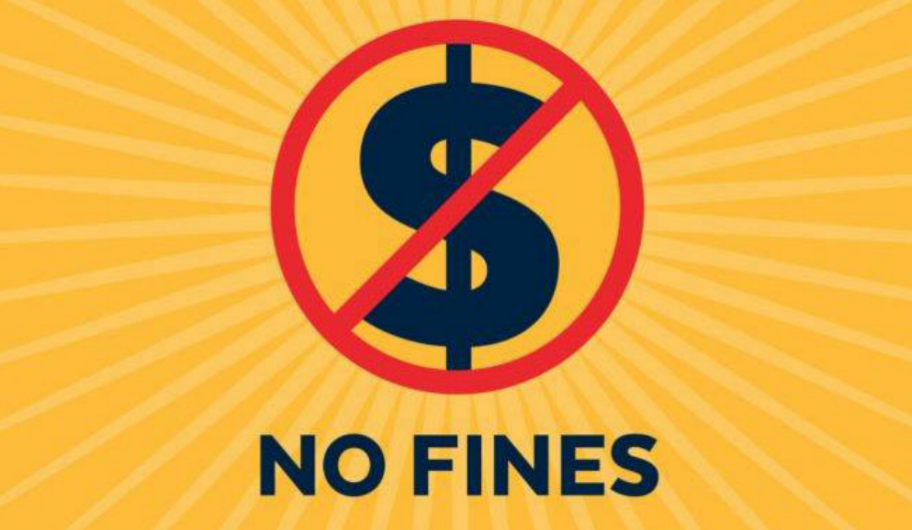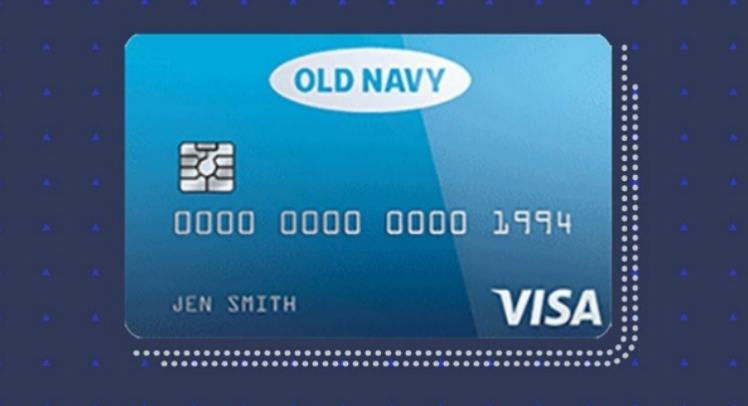
A Unit-Linked Insurance Plan is a savings product that provides the dual benefit of life insurance cover with investment for long-term capital growth. This gives the investor further tax benefits under Section 80C and Section 10(10D), provided certain terms and conditions apply.
You are compelled to invest in a ULIP policy for a long term, say ten years or more to benefit from it. Even if you do not intend to stay around for too long, you should complete the mandatory lock-in period before winding up your ULIP plan. While the lock-in ULIP was initially three years, IRDAI took it up and increased the same to five years in 2010.
However, investors face tough times to sustain their investments because of the crunch they face financially or due to any personal reasons. They stop paying their premiums and just start thinking of surrendering their policy.
Well, that is definitely not a good situation to be in, and there are definite implications of stopping ULIP premium payments by a policyholder.
No Fine

There is no charge if you withdraw your premium payment after one year. However, you cannot withdraw the amount till the end of the complete lock-in period.
Except for the usual charges in the form of surrender charges, annual maintenance charges, fund management charges, etc., all this will be deducted from your accumulated fund before you receive the final pay out after the lock-in period.
No Insurance Cover
Once you stop paying the premiums, life insurance cover will be immediately stopped.
Loss of Capital
All your invested money could be lost if you discontinue premium payments before a year from the completion of the policy.
Grace Period
Your insurance company provides an option of reviving your policy within thirty days of discontinuing your premium paying. This period is called grace period. You can revive your lapsed ULIP during the grace period on paying the unpaid premium with applicable charges.
Tax Implications on Pre-term Surrender
If you are surrendering the ULIP prematurely, income tax on the amount claimed under any tax deduction against it would be charged according to the applicable income tax slabs. TDS can also be deducted from the surrender value.
Payout on Old NAV

NAV stands for Net Asset Value. It refers to the value of each unit of a ULIP policy. It also remains an important indicator of tracing your ULIP performance over the years. The withdrawal amount received is based on the NAV of your ULIP on the withdrawal date.
It does not pay according to the prevailing NAV in case you wish to stop paying your premiums and withdraw an amount after the lock-in period; it'll be calculated according to the prevailing NAV in the year when you stop paying your premium.
You would have gathered by now that unwinding it before time can be a costly affair. It is very painful to suffer the financial loss when one knows that a ULIP policy can yield one marvelous benefits over a long period of time.
Thus, careful planning regarding one's finances must be done, and discontinuing the ULIP premium should only be considered as the ultimate solution.




